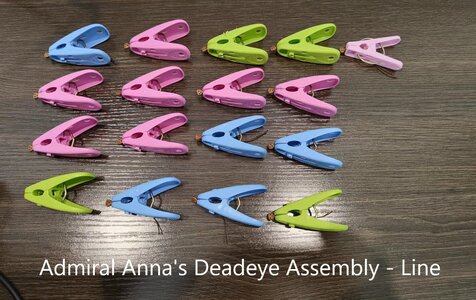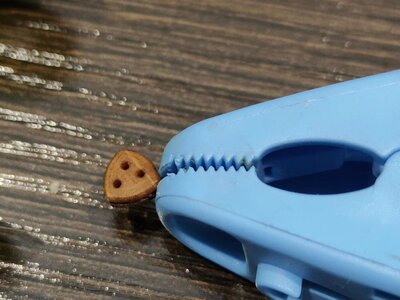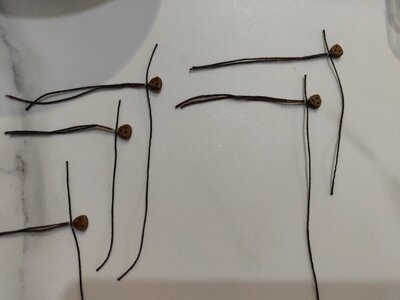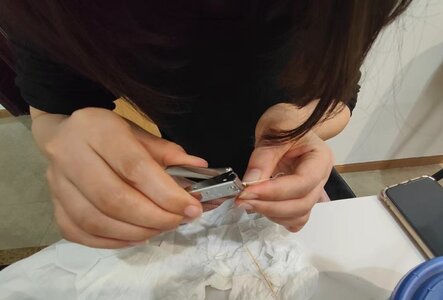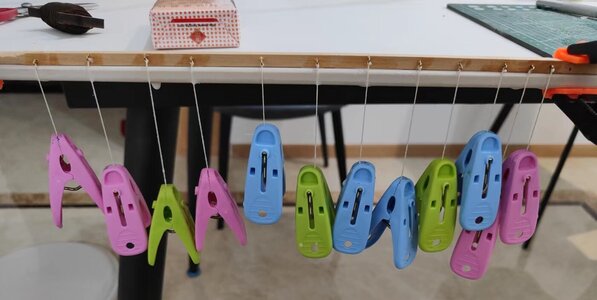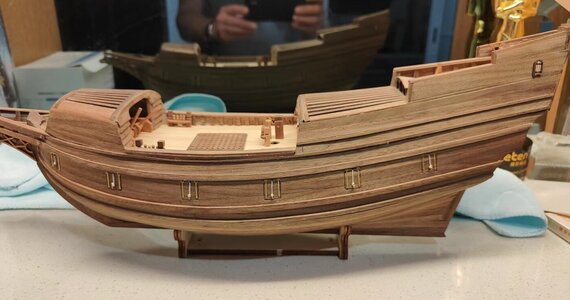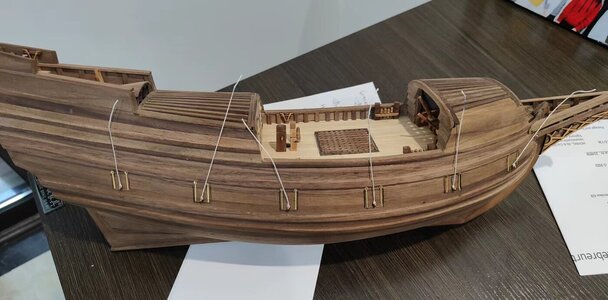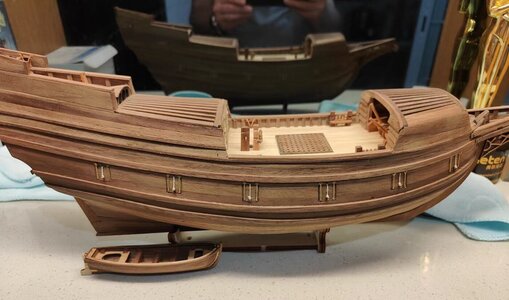The story of the flying Dutchman is a nice one, although it is complete fiction. What you describe here is only a part of the story, and not the main part of it.
The flying Dutchman is all about the following (from the Dutch wikipedia):
It is said that the skipper of "de vliegende Hollander" was a man named Willem van der Decken.
Wikipedia says:
Willem van der Decken is, in all likelihood, a fictional character who is widely known as the cursed captain of The Flying Dutchman, the ship he sailed into a storm near the Cape of Good Hope. According to one version of the story, he made this decision on Good Friday 1676 after it had already been storming for several weeks.
Van der Decken became known through the nineteenth-century novel The Ghost Ship The Flying Dutchman by the English writer Frederick Marryat. In the book, a house on the Havenstraat in Terneuzen is designated as the home where captain van der Decken lived with his wife Catherina and son Philip. According to the author, a few years after Van der Decken's departure the family had to move due to poverty to just outside the town. There they moved into a small colourful house. Marryat also mentions a building on the Noordstraat where Van der Decken was said to have been born.
According to historians, Van der Decken is based on Bernard Fokke, a VOC captain who drove his crew to extremes in order to reach a destination at great speed. He was therefore described as a tyrant. Falkenberg's name is also mentioned among sailors as a possible captain of the ship. In Washington Irving's book The Flying Dutchman on Tapas Sea he is called Rambout van Dam. In many books, the name Van der Decken is mostly used, sometimes written together (VanderDecken).
The following quote is in fact the base for the story of the Vliegende Hollander. As said - it had been storming for several days and Van der Decken was eager to sail. He got upset he could not go, and this made him so angry that he shouted:
"Storm or no storm, Easter or no Easter, I will sail, even if it is for eternity!"
Promptly the storm subsided. The devil then appeared before him and said that he would indeed sail for eternity, whereupon the storm rose again in all its anger. But van der Decken could sail - with rounded sails, and against the wind. In the following years the crew died one by one, except Van der Decken who was left alone at the helm to sail the world seas, for eternity.
Every now and then (even up to nowadays) the flying Dutchman is seen, with blood red sails, rounded, sailing against the wind, floating above the water*
The Scheepvaartmuseum in Amsterdam has also written a piece about the Vliegende Hollander (which is slightly different - but the same story):
God or the devil
It was the seventeenth century when Willem van der Decken left Holland on Easter Sunday, bound for Asia. A blasphemous fact; working on a Christian holiday. That was acting like the devil! Everything had to make way for a quick crossing to Asia. The fastest route to Asia was around the Cape of Good Hope. To the south of Africa, the weather got worse and worse, but Van der Decken insisted: he must and will set sail. He did so in order not to hinder the trade and to pocket the money that could be earned. His crew begs him to wait out in the open for another day, but Van der Decken does not want to hear about it and even throws his helmsman overboard. He spoke the words: "God or the devil, I will sail around that Cape! If I have to sail until the last judgement".
These sounds came to the devil's ears. If this was what Van der Decken wanted, he could have it. The devil took over the ship from the sinful captain and made the ship sail around in circles for all eternity. The ship became a true ghost ship, able to do things that a normal ship could never do. Like sailing against the wind. The colours of the sails changed to blood red and often the ship was seen 'floating' 'above' the waves, where a normal ship makes its passage through the water. The crew members became the living dead: the ship was possessed by the devil from that Easter Sunday onwards and was popularly called a ghost ship that was still often seen on the horizon. There are even people from the 1990s (yes, our 1990s) who claim to have seen the ship.*
*My vision on this:
This is quite usual: when it has been a hot day the layer of air above the water often causes a mirage, where you can see objects at a far distance (often beyond the horizon) and floating above the visible water. Combined with the evening sun which causes orange red skies a passing sailing ship could in this way be seen as floating and with orange red sails.
You just need the right circumstances and a sailing ship (yes - they still excist) passing by.
Hans






